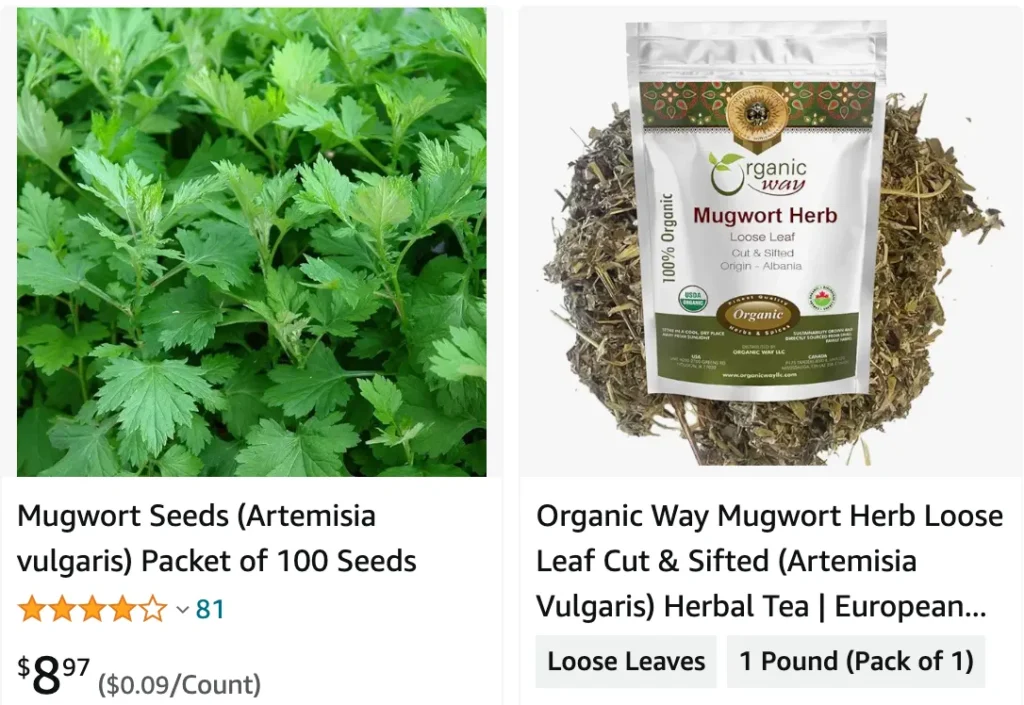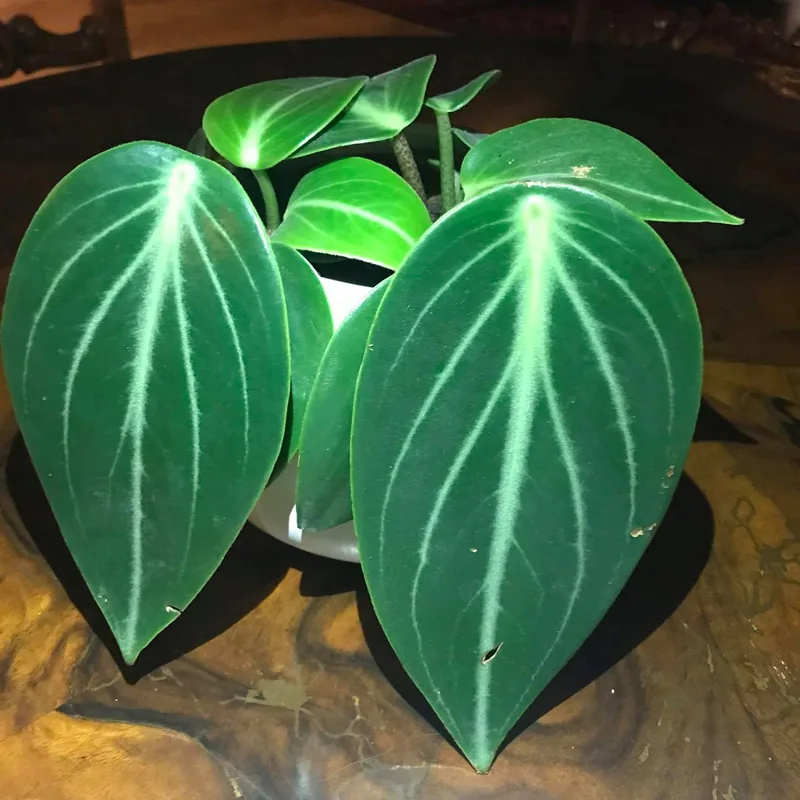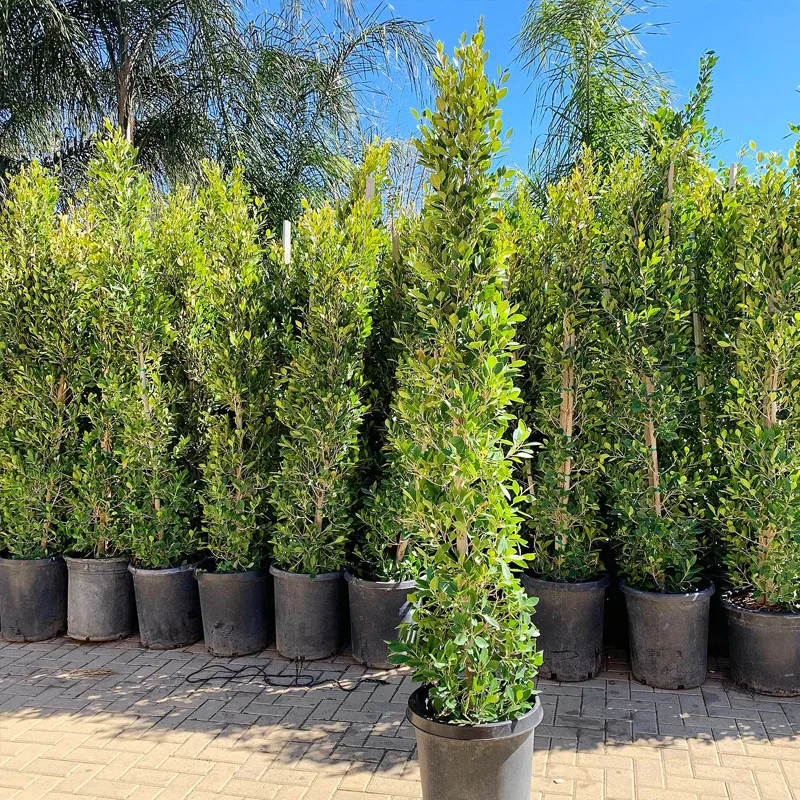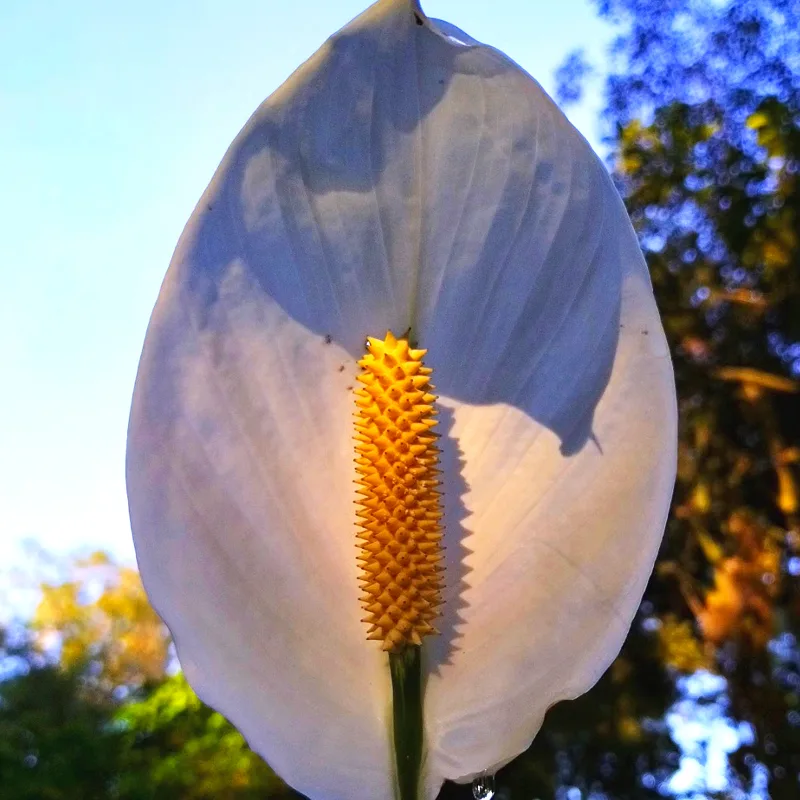
What is Artemisia vulgaris?
Artemisia vulgaris is a plant commonly known as mugwort. I first encountered it while hiking in the woods near my childhood home. Its distinctive aroma caught my attention, and I became fascinated by its feathery leaves and small, clustered flowers.
What is Artemisia vulgaris used for?
In herbal medicine, Artemisia vulgaris has a variety of uses. Personally, I’ve used it primarily as a natural remedy for digestive issues. I’ve brewed it into a tea to soothe stomach discomfort, finding it quite effective in calming any uneasy feelings.
508 Species in Genus Artemisia
Where to buy Artemisia vulgaris?
Finding Artemisia vulgaris can be a bit of a challenge depending on where you live. I’ve had luck purchasing it from local herbal shops or specialty stores that carry a wide range of herbs and botanicals. Online retailers are also a convenient option, offering a broader selection and sometimes even fresh plants.
Does Artemisia vulgaris grow in Colorado?
As for its growth in Colorado, I haven’t personally seen Artemisia vulgaris growing there, but I wouldn’t rule it out entirely. Given its hardiness and adaptability to various climates, it’s possible to cultivate it in Colorado’s conditions with the right care and attention.
Does Artemisia vulgaris grow wild in Alabama?
In Alabama, however, Artemisia vulgaris does grow wild. During a trip to the state, I stumbled upon patches of mugwort growing along the edges of hiking trails and in open fields. Its prevalence there speaks to its ability to thrive in diverse environments.
How do you grow Artemisia vulgaris?
Artemisia vulgaris is a hardy and adaptable herb that’s relatively easy to grow. Here’s a guide to get you started:
Planting Methods:
You can grow mugwort from seeds or root divisions:
- Seeds:
- Timing: You can sow seeds directly outdoors in spring (after the danger of frost has passed) or fall. Alternatively, start seeds indoors 8 weeks before the last frost for transplanting later.
- Planting: Sow seeds a shallow depth (about ¼ inch) in well-draining soil. Keep the soil moist but not soggy during germination, which can take 10-14 days.
- Root Divisions:
- Timing: Divide established mugwort plants in spring or fall.
- Dividing: Carefully dig up the parent plant and gently separate healthy sections with roots. Replant the divisions in their own desired locations.
Location and Soil:
- Sunlight: Mugwort prefers full sun but can tolerate partial shade.
- Soil: Well-draining soil is crucial. Sandy or loamy soil with good drainage is ideal. Mugwort tolerates a wide range of soil pH (4.8 to 8.2) but thrives in slightly moist soil.
Watering and Care:
- Watering: Established mugwort is drought tolerant. Water regularly during dry periods, especially for young plants, allowing the soil to dry slightly between waterings. Avoid overwatering.
- Fertilizer: Not essential for established plants. You can provide a light application of balanced fertilizer in early spring to encourage growth.
- Maintenance: Minimal maintenance is required. Deadhead spent flowers to promote continuous blooming throughout summer.
Additional Tips:
- Mugwort is a fast-growing perennial and can spread. Consider planting it in a container or raised bed to control its spread if desired.
- Mugwort is generally pest and disease resistant.
- Harvest mugwort leaves throughout the growing season for use in herbal remedies or teas. (Always consult with a healthcare professional before using mugwort medicinally.)
- Mugwort can self-seed readily. You may need to remove unwanted seedlings if they pop up in unintended locations.
How many Artemisia vulgaris seeds per teaspoon?
As for the number of seeds per teaspoon, I haven’t counted them myself, but typically, there are quite a few. Mugwort seeds are tiny and light, making them easy to scatter over the soil surface when planting. A teaspoonful should be enough to sow a small area or a few pots.
How to get rid of Artemisia vulgaris?
Getting rid of Artemisia vulgaris can be a bit tricky due to its vigorous growth habit. Personally, I’ve found regular weeding and mulching to be helpful in keeping it in check. For more persistent patches, carefully digging out the roots can be effective, although it may require some patience and persistence to completely eradicate it.
Artemisia Vulgaris vs Artemisia Annua
I’ve found Artemisia Vulgaris to have a stronger, more earthy scent compared to the lighter, sweeter fragrance of Artemisia Annua, which I prefer for making calming teas.
Artemisia Vulgaris vs Artemisia Douglasiana
In my garden, Artemisia Douglasiana’s leaves feel softer and more velvety compared to the slightly tougher texture of Artemisia Vulgaris, making Douglasiana a favorite for my herbal sachets.
Artemisia Vulgaris vs Artemisia Ludoviciana
Artemisia Ludoviciana’s silver foliage stands out beautifully among my plants, whereas Artemisia Vulgaris tends to blend in more, making Ludoviciana my go-to for ornamental purposes.
Mugwort vs Wormwood
The bitterness of Wormwood’s leaves is much more pronounced than Mugwort’s, which I appreciate for adding a stronger bite to my homemade bitters.
Mugwort vs Motherwort
Motherwort’s tall, spiky appearance contrasts sharply with the more bushy and aromatic Mugwort, which I find more versatile for both culinary and medicinal uses.
Mugwort vs Ragweed
Having Ragweed in the garden is a nightmare due to allergies, while Mugwort, with its distinctive aroma and soothing properties, is a welcome presence.
Mugwort vs Centella
Centella’s creeping growth habit and delicate leaves provide a nice ground cover, but I love Mugwort’s robust, upright growth and its multipurpose uses in teas and tinctures.
Mugwort vs Chrysanthemum
The vibrant, showy flowers of Chrysanthemum draw attention in my garden, but Mugwort’s subtle beauty and aromatic leaves make it a staple in my herbal remedies.
Mugwort vs Heartleaf
Heartleaf’s broad, heart-shaped leaves provide a lush, tropical feel, but Mugwort’s feathery foliage and strong scent win my heart for their calming herbal tea potential.
Mugwort vs Sage
I adore the savory scent of Sage in my cooking, but Mugwort’s slightly bitter, aromatic profile adds a unique twist to my herbal concoctions.
Mugwort vs St Johns Wort
St Johns Wort’s bright yellow flowers and mood-lifting properties are wonderful, but Mugwort’s versatility in both culinary and medicinal uses makes it a staple in my home.
Mugwort vs Weed
While common weeds are a nuisance in my garden, Mugwort’s fragrant presence and multiple uses make it a cherished plant rather than an unwanted intruder.
Mugwort vs Centella Asiatica
Centella Asiatica’s small, rounded leaves are excellent for skin health, but I find Mugwort’s aromatic, feathery leaves more versatile for my herbal preparations.
Mugwort vs Blue Lotus
Blue Lotus’s exotic, tranquil blooms are stunning, but Mugwort’s easy-to-grow nature and multitude of uses make it more practical for everyday herbal needs.
Mugwort vs Daisy
Daisies bring cheerful blooms to my garden, but Mugwort’s medicinal properties and distinctive aroma offer more functional benefits in my herbal practice.
Mugwort vs Frankincense
Frankincense’s resin is prized for its incense and spiritual uses, but Mugwort’s readily available leaves are my go-to for calming teas and dream pillows.
Mugwort vs Geum
Geum’s bright, lively flowers are lovely, but Mugwort’s robust growth and herbal benefits make it a more valuable addition to my herbal garden.
Mugwort vs Hemlock
Hemlock’s toxic properties make it a plant to avoid, whereas Mugwort’s safety and versatility make it a beloved herb in my collection.
Mugwort vs Marijuana
While Marijuana has its own set of benefits, Mugwort’s legal status and wide range of uses make it a more accessible herb for my everyday needs.
Mugwort vs Mulefat
Mulefat’s tall, willow-like appearance is striking, but Mugwort’s aromatic leaves and medicinal properties make it a more functional choice for my herbal arsenal.
Mugwort vs Parsley
Parsley’s fresh, vibrant flavor is a kitchen staple, but Mugwort’s unique bitter profile and aromatic qualities make it indispensable in my herbal tea blends.
Mugwort vs Tea Tree
Tea Tree’s antiseptic properties are fantastic, but Mugwort’s multipurpose uses in teas, tinctures, and culinary dishes give it an edge in my herb garden.



